Dell Keeps Top Spot In External OEM Storage While Huawei, NetApp Show Big Gains
Revenue in the first quarter was up a bit while total capacity swelled over the prior year, with Dell Technologies, HPE, and Hitachi all showing a sales decrease, according to IDC’s latest look at worldwide enterprise external OEM storage systems sales.
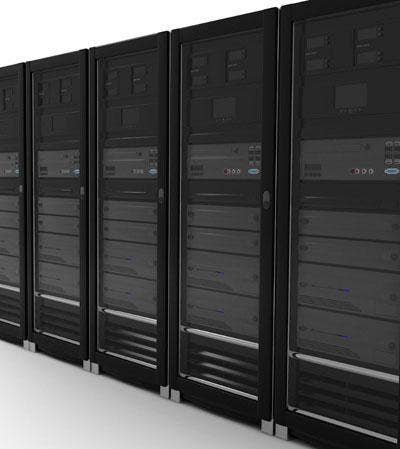
Mixed Bag For Enterprise Storage
The storage industry is one of the fastest-changing parts of the IT business. As CRN noted in its 8 Emerging Data Storage Trends To Watch In 2021, storage decisions are increasingly being made based on what the firms need to grow their business and generate profits, and not where and how the data is stored.
IDC just released its worldwide enterprise external OEM storage systems report for the first quarter of 2021, and it also reflects the change in how storage is consumed. According to IDC, while total OEM storage capacity increased 16.3 percent over last year to 19.9 exabytes, revenue from those systems increased a mere 1.7 percent to $6.7 billion.
However, storage sales by original design manufacturers selling directly to hyperscale data center reached $5.6 billion up 14.1 percent, while capacity grew 28.3 percent to reach 70.2 exabytes. When compared to OEM storage system sales, which is where the channel’s strength lies, the trend here is a continuing shift in the storage business from a focus on on-premises and private cloud storage to one on public cloud storage.
The IDC report also showed all-flash storage array reached $2.7 billion in revenue, which was down 3.3 percent over last year, another proof point that the storage business is changing.
How did the individual vendors do? Click on our slideshow to see the results.
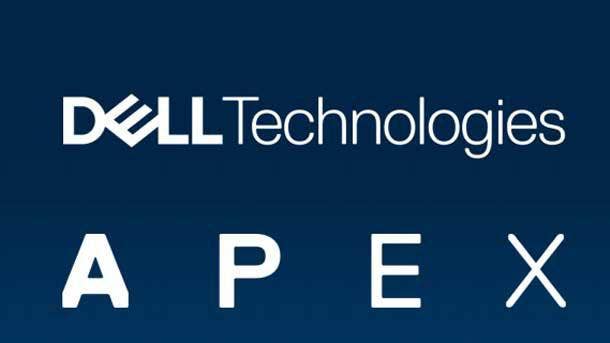
Dell Technologies
Dell kept its No. 1 position in the worldwide enterprise external OEM storage systems market with first quarter 2021 revenue of $2.160 billion, which according to IDC was down a mere 0.1 percent from its revenue in the prior year of $2.162 billion. That was good enough to give Dell a 32.3-percent share of the market, beating the share of its next four closest competitors.
The drop in Dell’s external OEM storage system revenue was in line with what the company experienced with overall storage sales. Dell on May 27 reported total storage sales for its fiscal first quarter 2022, which ended April 31, of $3.802 billion, down slightly from the $3.811 billion it reported the same period last year. This is not a new situation for Dell. The company hasn’t reported year-over-year storage revenue growth since its third fiscal quarter 2020, which ended Nov. 1, 2019.
Dell during the quarter introduced its Apex Data Storage Services, the company’s new as-a-service portfolio of scalable and elastic storage resources giving customers a choice of data service, performance tier, base capacity, subscription term, and location of the storage, and with cost based on use.

NetApp
NetApp, the second-largest storage vendor in terms of worldwide enterprise external OEM storage systems sales, and the largest independent vendor in this market, saw first quarter sales of $728.9 million, up 1.8 percent over the $715.7 million the company sold a year earlier, according to IDC. That gave it a 10.9-percent market share, which was the same it had last year.
However, the IDC numbers did not paint an accurate picture of NetApp’s storage sales. NetApp on June 2 reported that its storage hardware sales for its fourth fiscal quarter 2021, which ended April 30, reached $360 million, down from $386 million a year ago, even as its software sales reached $480 million, up from last year’s $407 million.
NetApp is growing less focused on storage hardware, and more focused on storage software and cloud-related storage and compute technology. That focus was clearly shown most recently early this month when NetApp introduced a new version of its Ontap storage software targeting on-premises and cloud deployments, as well as FlexPod as a service and enhanced Keystone storage subscription services.
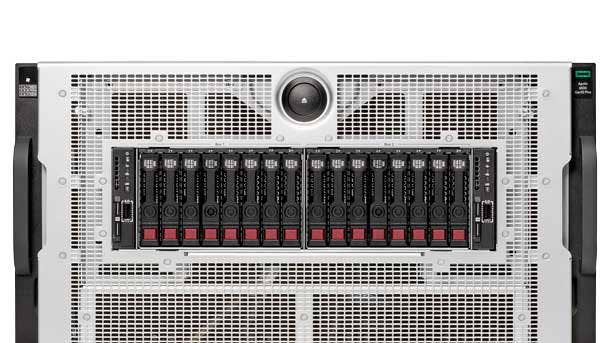
Hewlett Packard Enterprise
HPE maintained its No. 3 spot in worldwide enterprise external OEM storage systems sales despite a 3 percent drop in revenue to $626.9 million from last year’s $646.3 million, according to IDC. That was good enough, however, for a 9.4-percent share of the market.
That drop was the opposite of HPE storage as a whole, which during its fiscal second quarter 2021, which ended April 30. During its fiscal quarter, HPE reported total storage revenue of $1.14 billion, which was up 3.3 percent over the same quarter last year.
HPE in early May unveiled a new storage-as-a-service subscription model that includes a complete cloud software-based provisioning platform with a new Data Services Cloud Console, a new suite of subscription storage data services, and new all-NVMe flash storage systems.
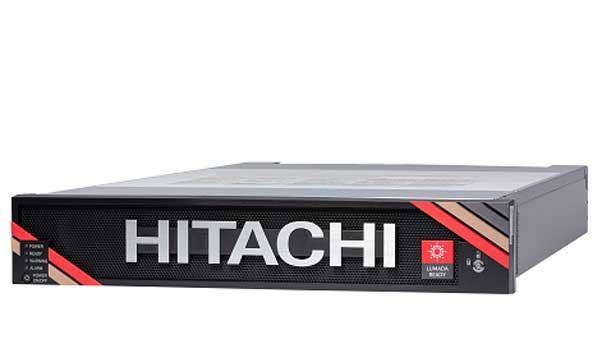
Hitachi Vantara
Hitachi Vantara, which combines former storage vendor Hitachi Data Systems with business intelligence and IoT focuses, kept its No. 4 spot with first quarter 2021 enterprise external OEM storage systems revenue of $390.5 million, down 9.3 percent over last year’s $430.3 million, according to IDC.
The company is privately held, and so official revenue for all of Hitachi Vantara’s storage is not available.
Hitachi Vantara, like many storage vendors, is investing Kubernetes containers for managing storage in multi-cloud environments, and in January unveiled its Hitachi Kubernetes Service.
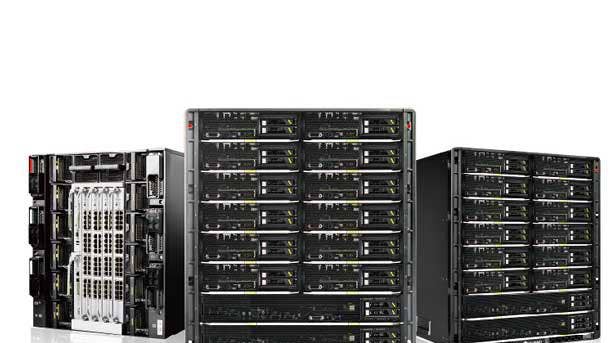
Huawei
Huawei is the king when it comes to storage growth. The China-based company saw its worldwide enterprise external OEM storage systems sales grow 30.5 percent year-over-year to $365.1 million, up from last year’s $279.8 million. With that rate of growth, Huawei will likely pass Hitachi Vantara for the no. 4 spot, and could threaten HPE for no. 3.
This growth comes despite having little or no sales into the U.S., the world’s largest storage market, as the U.S. government discourages and sometimes outright bans sales of Huawei technology in the country because of concerns related to its ownership in China.
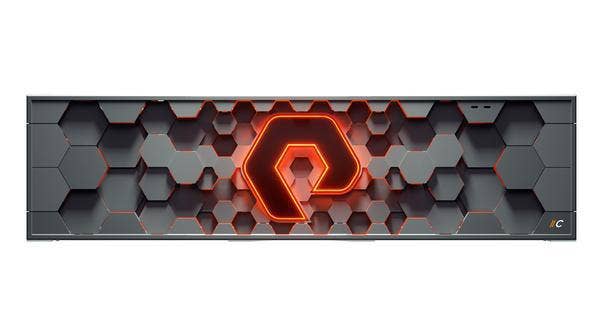
Pure Storage
Pure Storage had $301 million in worldwide enterprise external OEM storage systems sales in the first quarter, according to IDC. That gave Pure Storage the no. 6 spot with a 4.5-percent market share.
Pure Storage, for its fiscal first quarter 2022 which ended May 2, reported total storage revenue of $412.7 million, up 12 percent year-over-year, with subscription services up 35 percent to $162.8 million. Product sales in the quarter were reported at $249.9 million, up slightly from last year’s $246.9 million.
Pure Storage in February expanded both its FlashBlade and FlashArray lines with increased storage efficiency and protection against ransomware, and unveiled an entry-level FlashArray//C all-flash storage array.

The Others
The rest of the market saw worldwide enterprise external OEM storage systems sales in the first quarter of about $2.12 billion, or 31.6 percent of the total market, according to IDC. That represents growth of 3.2 percent over last year.
The rest of the market includes sales of smaller vendors.